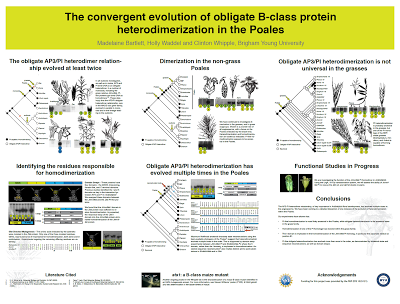The Finch and Pea blog makes a persuasive argument that artists should be invited to conferences. Check out the work of conference artist Regina Holliday:
The post says of her work:
Why should conferences invite artists? What do they bring to the table? I asked Regina Holliday, who has been live-painting at health care conferences for three years. “I disrupt them,” says Holliday. “I give them a different worldview,” adding that her “very visual” take on the proceedings of large meetings can cut through the massive pileup of verbal information that most conferences provide.
I like what John McWade has to say about type:
This power of type is in your hands. It’s a big gun. But you must know it and control it. A few tips:
- Choose type for its voice, not your taste. Sometimes the two are the same, but not always.
- Don’t add meaningless stuff — outlines, bevels, shadows, flames. Look again at these examples. Their purity is their power.
- Space carefully and evenly. Letters are not naturally uniform; the spaces between them are as important as the letters.
Type is the most influential tool to which the designer has everyday access. It is also the most mishandled. Typography is not the same as typing. Typing is e-mail. Typography is architecture, structure, theater, motion, art, life. Type has a voice. Take it seriously.
The point of conferences is to create conversations. Alas, conversations can be difficult to start. Nature Jobs Blog has networking suggestions by Carolyn Beans. While billed as being for grad students, it’s good advice for anyone, really. Let me comment on her second tip:
2) Have an opening ready—Immediately launching into your elevator talk seems unnatural. Instead, open with a question or observation about a scientist’s work. Then he or she will inevitably ask what you study.
Here, remember the “social object” theory (which is why posters work): it’s easier for two people to talk about a third thing. Look for interesting objects or other people in the environment to comment on. That’s easier to start a conversation about than speaking about yourself or the other person.
The issue of how to dress when you’re a scientist. This causes many people much stress, so I like this at the end:
Thankfully, there’s more than one way to do it right.
I want to know where the poster session is in this visualization of conference attendee movement. Hat tip to Flowing Data.























